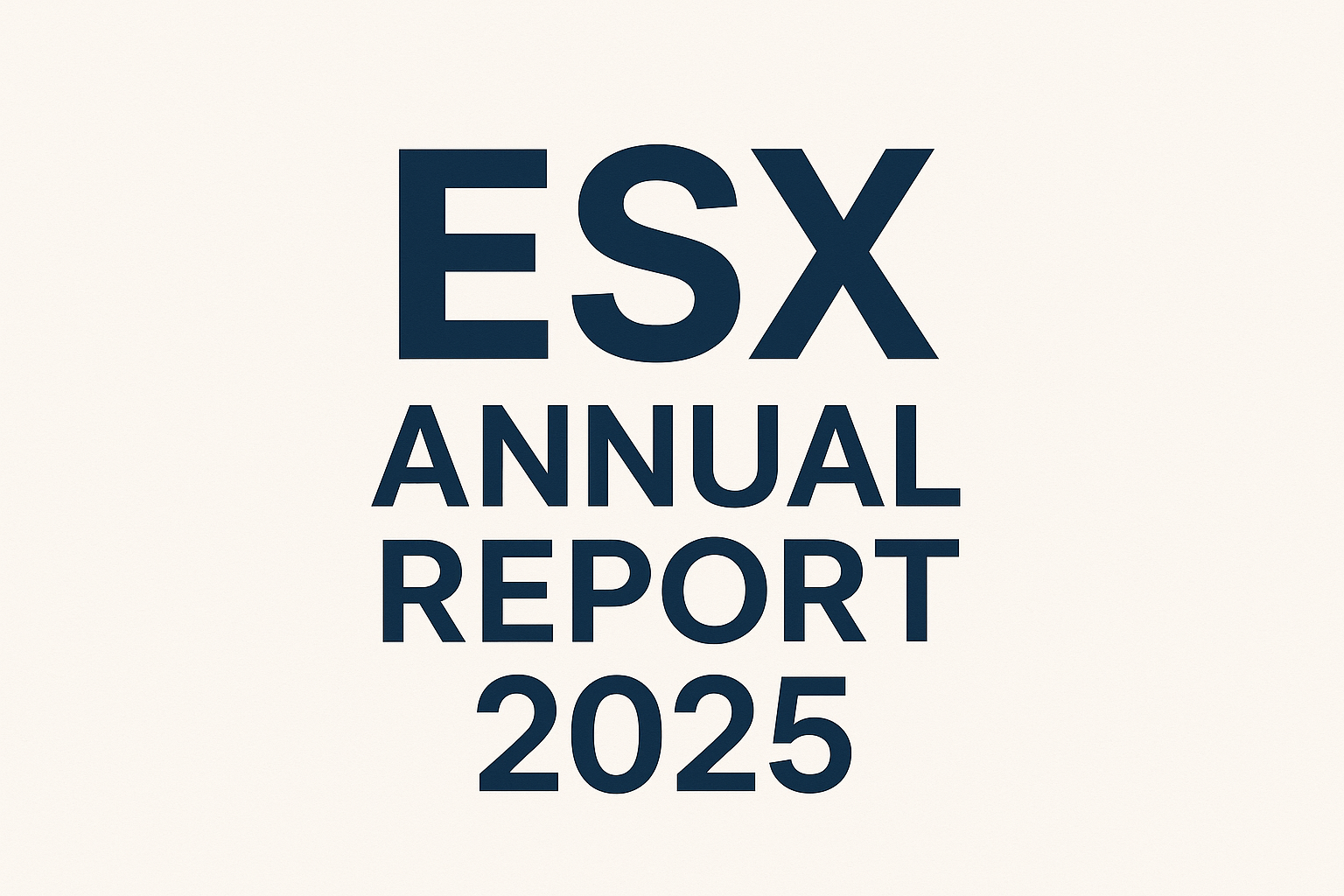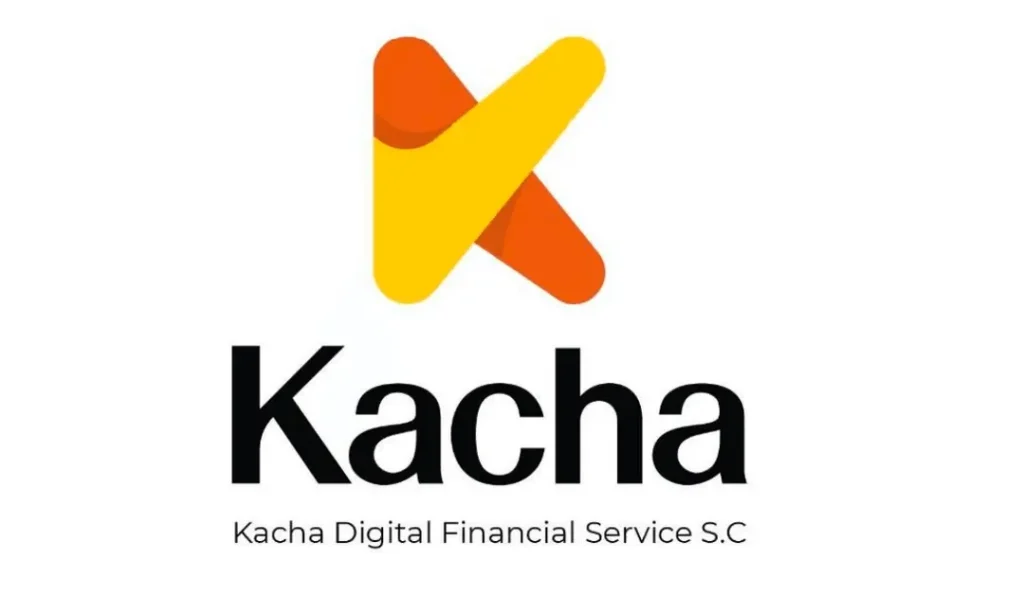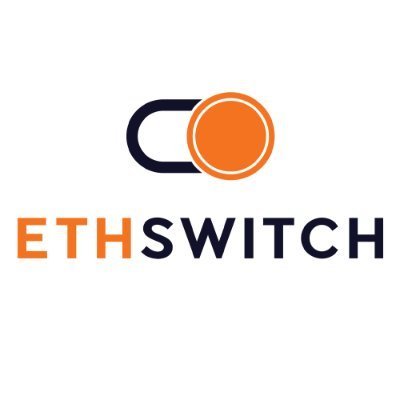Addis Ababa, May 30, 2025 – Ethiopia’s radical shift to a market-based foreign exchange system has driven one of Africa’s most dramatic inflation turnarounds, with prices rising at just 13% annually compared to 30% a year ago. National Bank of Ethiopia (NBE) Governor Mamo Mihretu confirmed the milestone at the IMF-World Bank Spring Meetings, declaring it a “historic reset” for the Horn of Africa’s second-largest economy .
Core Reforms Driving the Transformation
– Forex Liberalization: After 50 years of strict controls, Ethiopia eliminated surrender requirements for export earnings and adopted a flexible exchange rate, tripling foreign reserves and doubling forex availability .
– Monetary Policy Overhaul: The NBE introduced a policy interest rate (currently 15%), launched open market operations, and established a Monetary Policy Committee. Real interest rates turned positive for the first time in years .
– Fiscal Discipline: The central bank halted direct financing of government deficits, reducing fiscal dominance over monetary policy .
Economic Impact at a Glance
| Indicator | Pre-Reform (2023)| Current (2025) | Change |
|———————|———————-|——————–|—————–|
| Inflation | 30% | 13% | ↓ 17 percentage points |
| Forex Reserves | Critically Low | Tripled | ↑ 200% |
| Policy Framework | Administrative Controls | Market-Based System | Historic shift |
Source: NBE, IMF reports
Investor-Relevant Outcomes
1. Reserves Surge & Export Optimism
Forex reserves have tripled since liberalization, with exports projected to double in the medium term. Remittances are expected to rise 25%, easing chronic hard currency shortages.
2. Capital Markets Reviving
Treasury bill yields have normalized, with 364-day T-bills reaching 14.6%. Governor Mamo notes: “Holding assets in birr is now attractive” – a stark shift from prior capital flight .
3. IMF Backing with $260M Imminent
An IMF staff-level agreement paves the way for $260 million under Ethiopia’s $3.4 billion Extended Credit Facility. The program’s “better-than-forecast” performance on reserves and inflation signals credibility .
Navigating Persistent Challenges
Despite progress, hurdles remain:
– Cost-of-Living Disconnect: While inflation cools, Governor Mamo acknowledges public frustration: “When we say inflation is down, people respond that cost of living is still high.” Transport costs (↑32.5%) and imported goods still pressure households .
– Parallel Market Pressures:The IMF notes “high fees and commissions” persist in forex markets, with spreads between official/parallel rates widening in early 2025 .
– Global Risks:U.S. tariff hikes under the Trump administration threaten Ethiopia’s textile exports, while volatile oil prices could reverse import cost gains.
What’s Next for Investors?
Governor Mamo outlined the roadmap ahead:
– Monetary Deepening:Transition to a “fully-fledged interest-rate based framework” with enhanced liquidity management .
– FX Market Development:** Further liberalizing current account transactions and strengthening prudential rules .
– Inflation Target:Headline inflation is projected to hit 10% by 2026 – the lowest in a decade .
Analyst Take: “The reforms mark a turning point for Ethiopia’s economic trajectory,” notes the Ethiopian Business Review. “Investor confidence hinges on sustaining reforms amid political headwinds” .
Why This Matters Globally
Ethiopia’s success demonstrates how emerging economies can tackle hyperinflation through institutional reform rather than austerity alone. By prioritizing central bank independence, price stability, and market credibility, the NBE offers a model for peer nations grappling with similar challenges.
With inflation cooling, reserves rebuilding, and IMF backing, Ethiopia presents one of Sub-Saharan Africa’s most compelling macroeconomic turnaround stories. Investors are advised to monitor debt restructuring progress and private-sector credit access as next-stage catalysts.







